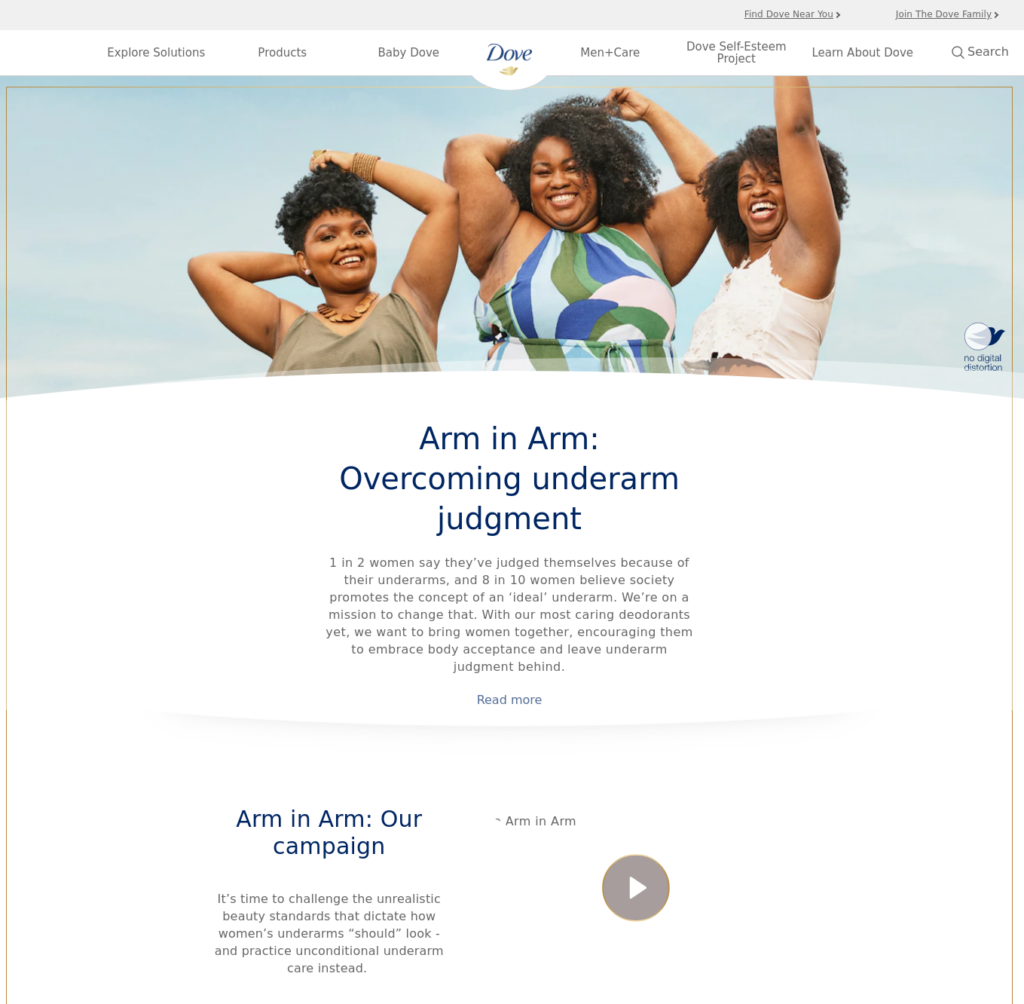Lazy. Entitled. Zero work ethic. Addicted to their phones. These are some of the most common phrases used to describe millennials. But what nobody tells you is that they are a generation that values work-life balance and is more socially aware, tech-savvy, and influential compared to the baby boomers. In fact their net of influence is so wide that they have reshaped the very landscape of digital advertising.
Having surpassed the baby boomers, millennials are also currently the largest generation by size in America with massive purchasing power. So, if you aren’t marketing to them? You’re majorly missing out on ROI, because they’re currently the best group to focus your advertising effects on.
But with millennials’ spending habits being so different from any other generation, a one-size-fits-all marketing strategy isn’t going to work. You need to tailor your strategy, which includes learning where their priorities lie, what their habits are, and what values they hold dear. In short? Learn how to “speak millennial.”
Here are 5 marketing strategies that will help you convert millennials.
1. Advertise your brand values
With a spending power of $2.5 trillion, one thing is clear: millennials have money to spend. But they’re also an incredibly value-driven generation. They have their principles, and they will stick to it. And they’re more likely to buy from you if your values align with theirs.
Why? The answer is simple: they are a knowledgeable and empowered bunch who care deeply about–and are the most affected by–social issues. So they only want to spend their hard-earned money on ethical brands that actively contribute towards worthy causes (and have the proof to back up their claims).
Today, 7 in 10 millennials are brand-conscious and expect companies to take a stand on values instead of staying neutral. This means you, as a brand, need to highlight your core values, such as sustainability, transparency, wellness, and create brand messages that are impactful.
Take Dove, for instance. In 2004, the brand launched its “Real Beauty” campaign, where they began showing real women with flaws instead of airbrushed supermodels.

Dove.
Since then, the company has consistently stuck to its values of redefining modern standards of beauty, getting a lot of positive feedback in the process.
Take a look at Dove’s recent “Arm in Arm” campaign, for instance.

Dove.
The goal of this campaign was to challenge unrealistic beauty standards about women’s underarms while also selling Dove’s range of underarm care products. In other words – sticking to their values while marketing their products simultaneously.
Here’s what the results of this landing page campaign look like:

Source: Adbeat.
Dove ran the above campaign from Nov 2023, gaining 8.5 million impressions in just 2 months.
2. But be authentic
The thing about marketing to a group of digital natives is that they always, always do their research. So if your brand messages are not authentic? They can smell it coming from a mile away.
If you want to forge real connections with millennials, ditch the online sales pitches and token messages, and show up with an authentic voice, instead. They don’t want to be just another wallet to brands; instead they want brands that actually care about them.
Be honest and transparent, speak to them directly through your ads, and show them just how your brand can solve their problems. When millennials see an ad, their first thought is, “okay, but why should I care about this? What’s in it for me?” Create your ads with this question in mind, and you’ll make them feel seen and understood.
And, above all, millennials know that behind every brand is a group of people that are just as flawed as they are. So don’t be afraid of lifting that ‘brand veil’ and showing them your true self.
Patagonia, the sustainable apparel brand, is a great example of a company that’s authentic. Not only do they make completely eco-friendly outerwear, they are also committed to finding solutions to the environmental crisis.

The above display ad, which isn’t really an ad at all, garnered 3.2 million impressions!

Source: Adbeat.
And it’s not just a marketing gimmick, either. They are true environmentalists at heart, who simply stayed authentic to their values and purpose, which is exactly what their customers love about them.
Take a look at yet another ad that serves as a testament to Patagonia’s authenticity:

Source: Adbeat.
Because of the company’s authenticity and commitment to stay true to its values, this company became the go-to for eco-conscious customers who are truly passionate about the environment.
3. Leverage user testimonials and reviews
Gone are the days when shooting an ad with celebrities was guaranteed to get you conversions. The younger generations, especially millennials distrust traditional marketing tactics. They know that the celebrity is being paid to tout the benefits of the product, and will likely never use it themselves.
But if they hear your product being recommended by someone who has actually used it? That’s a game changer. This is where “social proof” enters the conversation. Millennials are 38% more likely to rely on word-of-mouth recommendations from actual customers when it comes to discovering brands or making purchase decisions.
The reason for this is simple: recommendations from peers are authentic.
You can leverage social proof by creating ads out of user testimonials and reviews. This lets potential customers hear from previous customers, lending credibility to your brand.
Here’s a great example of a testimonial ad by California Closets:

The below display ad by Avocado, a green mattress company, puts a different spin on the testimonial ad type. Instead of using a review by a customer, this ad talks about the fact that the company’s mattress was rated #1 by Consumer Reports, an independent research organization.

Source: Adbeat.
Some brands even go the extra mile and repurpose user complaints into ads with the message that they have fixed the issue(s). This shows that they don’t shy away from criticism and are willing to listen to what their customers have to say.
You can also partner up with influencers who have a loyal following and only endorse products and services that they believe in. The influencer’s recommendation acts as a seal of approval for your brand, which is often enough for millennials.
4. Personalize your products and services
Millennials value experiences over material possessions. And they like brands that get personal. Being the most misunderstood generation, they value brands that understand their needs and can offer customized products and experiences.
In fact, a study found that 55% of millennials would gladly offer their biometric data to retailers if it meant more convenience as well as a more tailored shopping experience. However, at the same time, they are very selective about which brands to trust.
So, if you sell millennials an experience rather than a product, and can offer a higher level of personalization and customization, you’re already one step ahead of the curve.
Check out this great ad example from Marriott:

Source: Adbeat.
Here, they aren’t selling their resort; they’re selling you the experience of creating your next great story at their resort.
5. Reward loyalty
Once millennials find a brand they love, they tend to stick to it, so long as their values align. And they love talking about their favorite brands to others. Making them feel appreciated by rewarding their loyalty will go a long way towards maintaining good customer relationships.
This could be anything from an exclusive discount, a gift, or a unique experience. Another great idea is to create a choose-your-own-rewards program with multiple options as this will give millennials more control (which they love!)
Below is an example of a loyalty sale by CVS Pharmacy:

Source: Adbeat.
…and another from American Express which received a whopping 314+ million impressions.

Source: Adbeat.
Bonus: Millennials spend much of their time on their phones, using it for everything from watching Netflix to discovering brands and shopping for products. If you want to get discovered, your ads need to be where they are. Prioritize mobile-first marketing and make it convenient for them to find your brand.
Take Charge of Your Millennial Marketing Strategy
The only “trick” you need to effectively target millennials with your ads is to understand them. They prefer authentic, value-driven brands that offer a high degree of personalization. They also don’t like marketing that’s in-the-face, preferring a more subtle and organic approach.
Keep these in mind when you design your next millennial marketing campaign. Because, when you market to millennials the right way, you’ll have loyal customers for life.
And, hey, don’t forget to use analytic tools like Adbeat to see how your ads are performing. This way, you’ll know whether your millennial marketing campaigns are hitting their mark.
Perfect your marketing strategies by turning raw ad data into competitive insights with Adbeat. [Sign up now]
